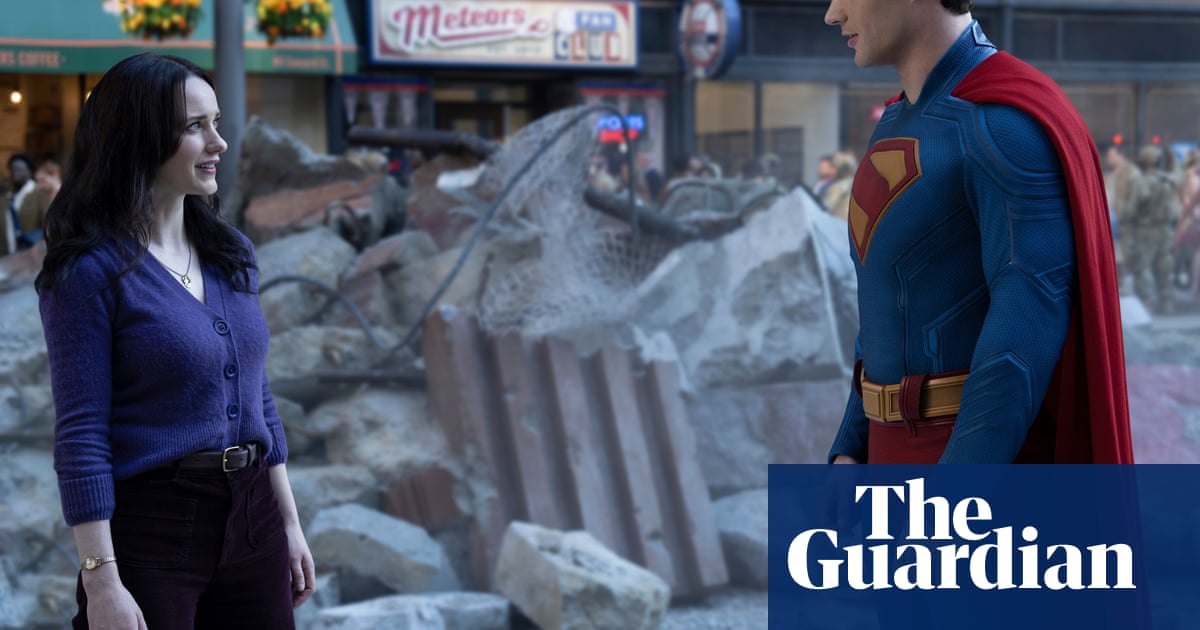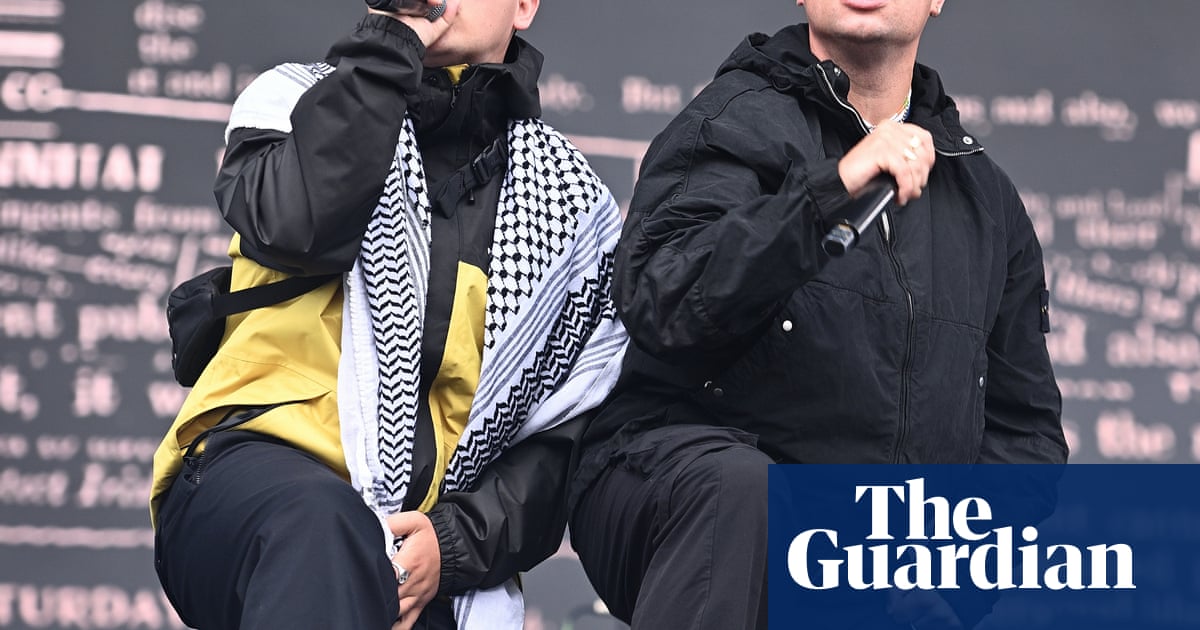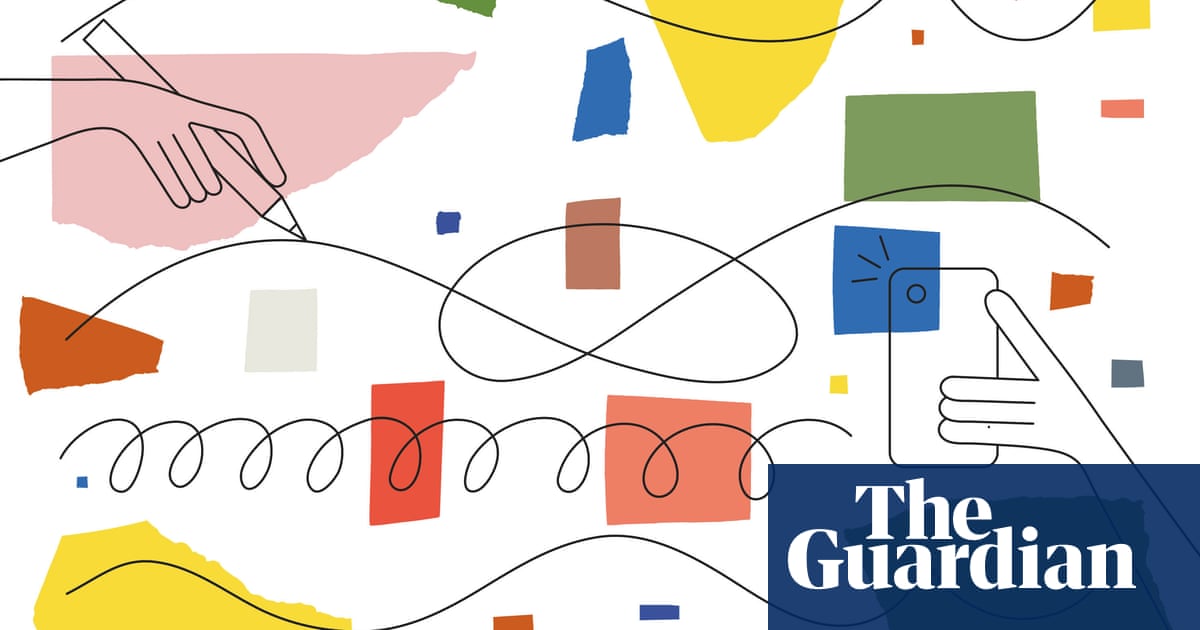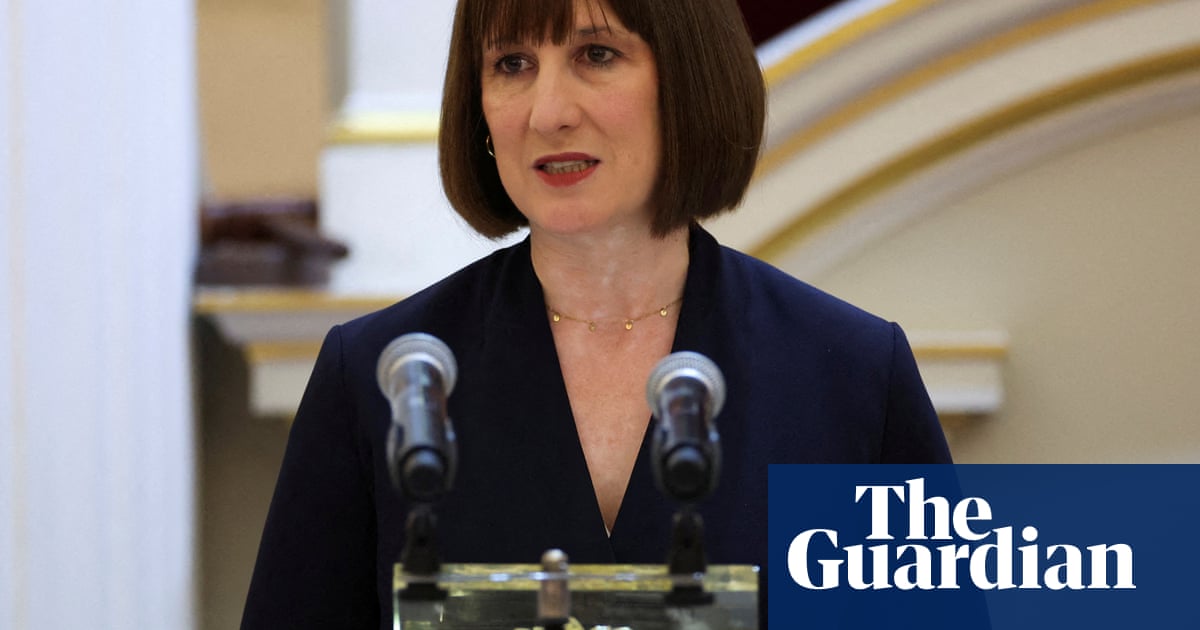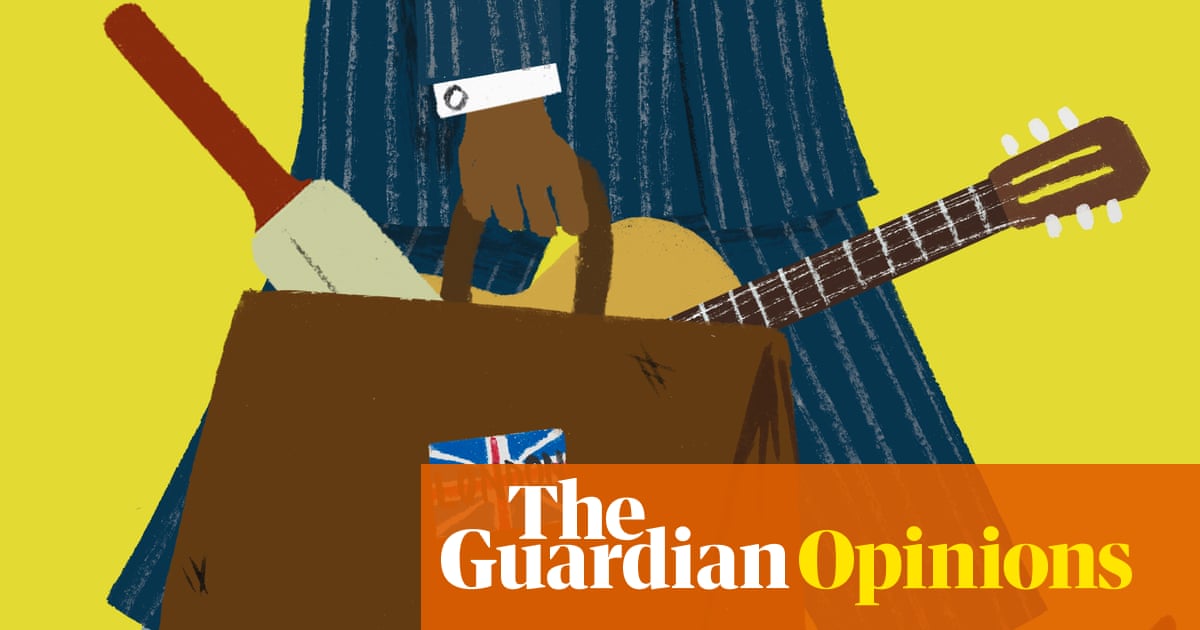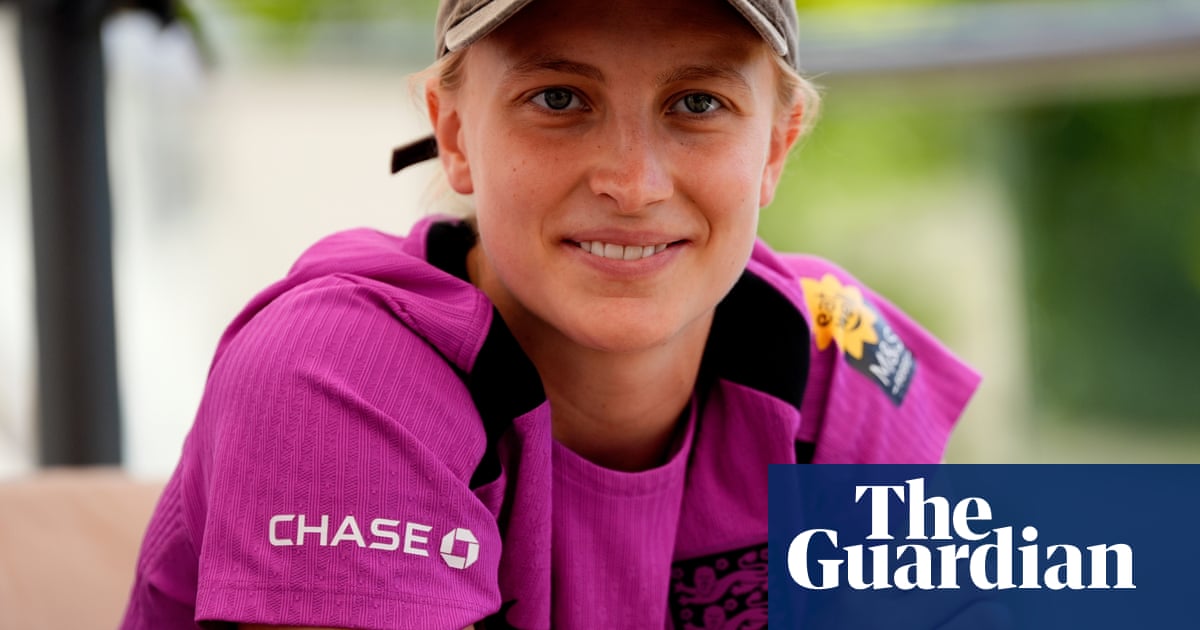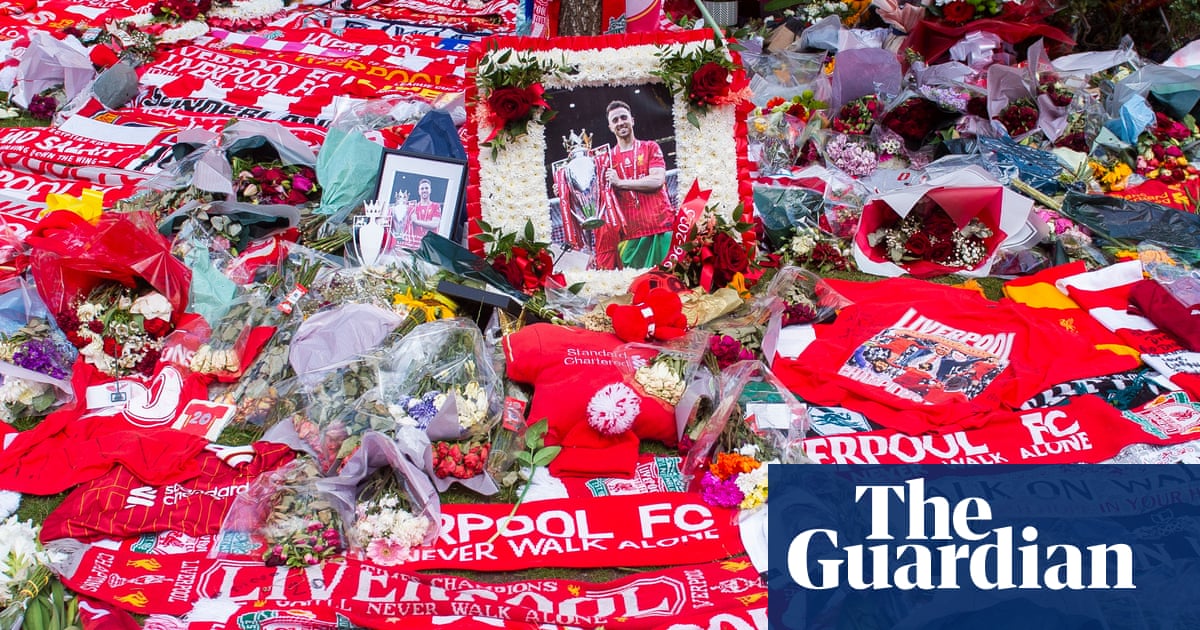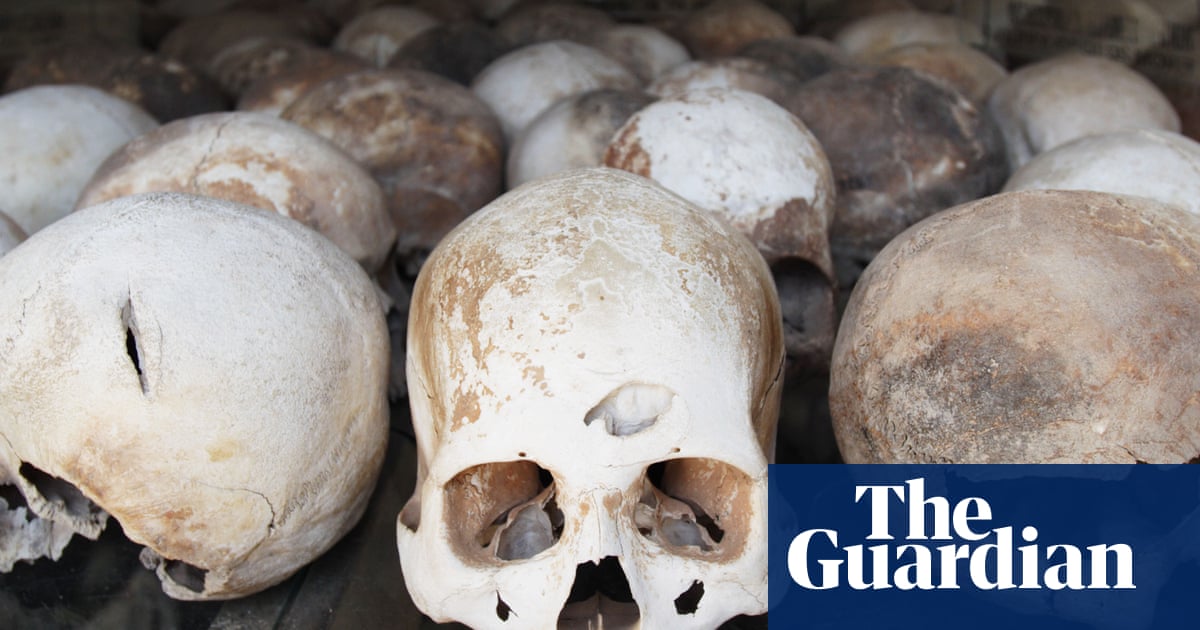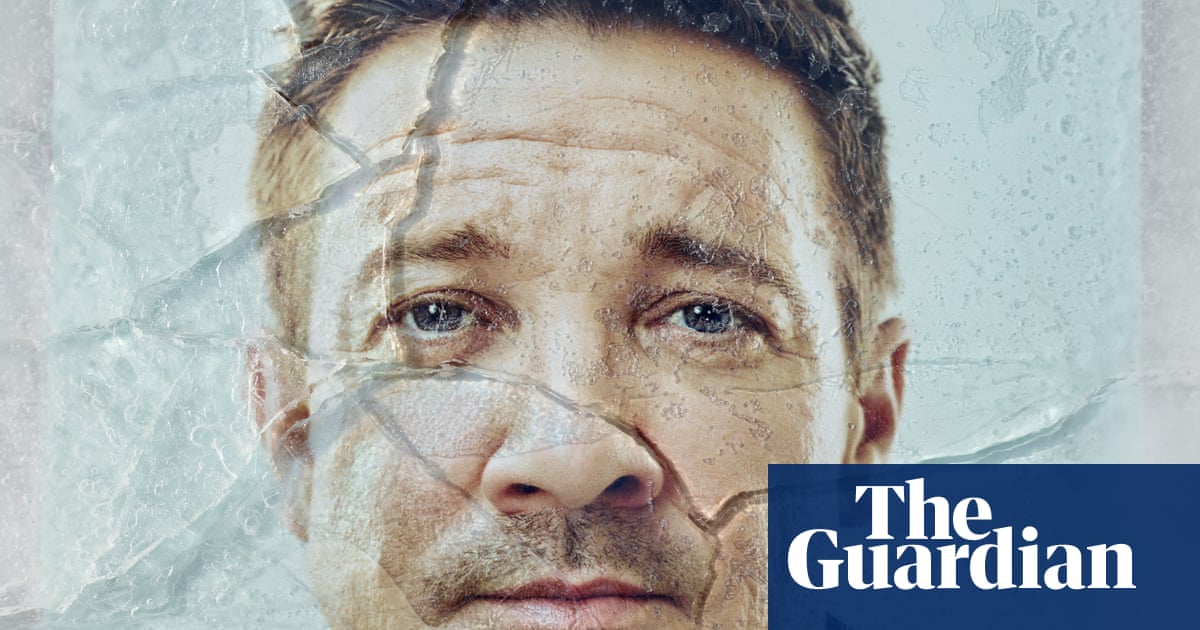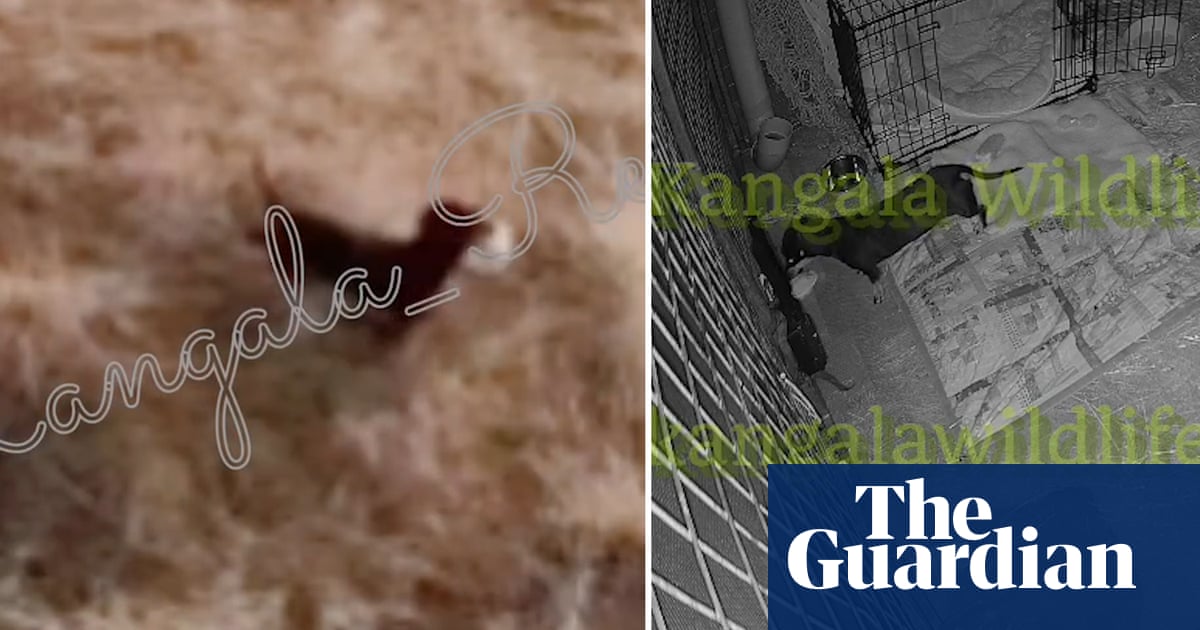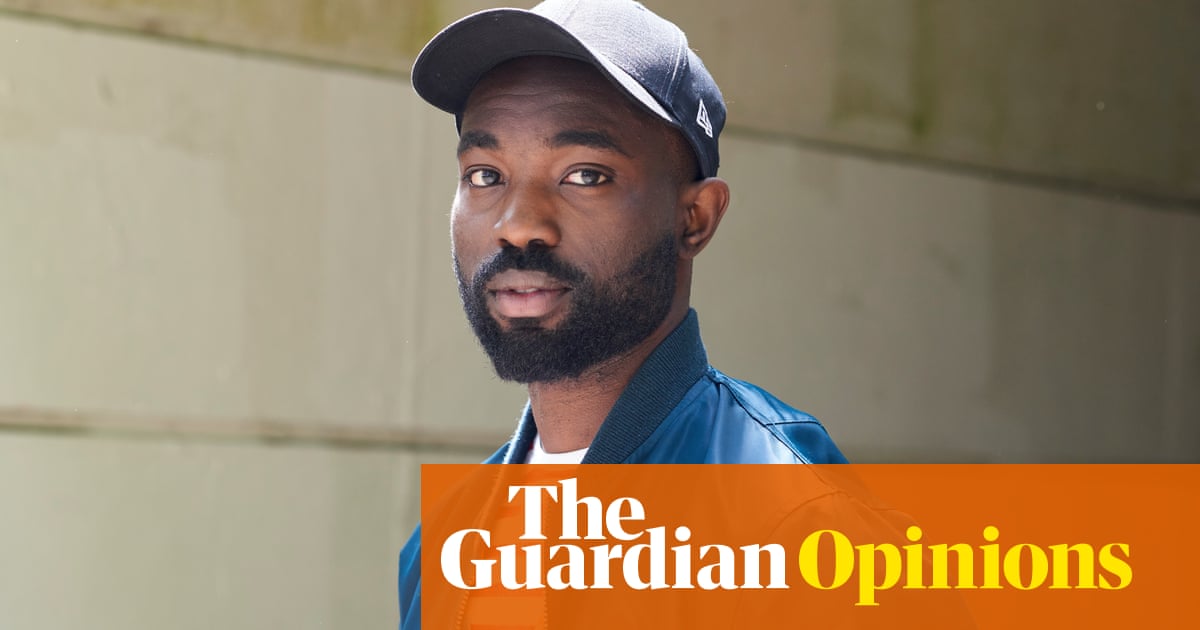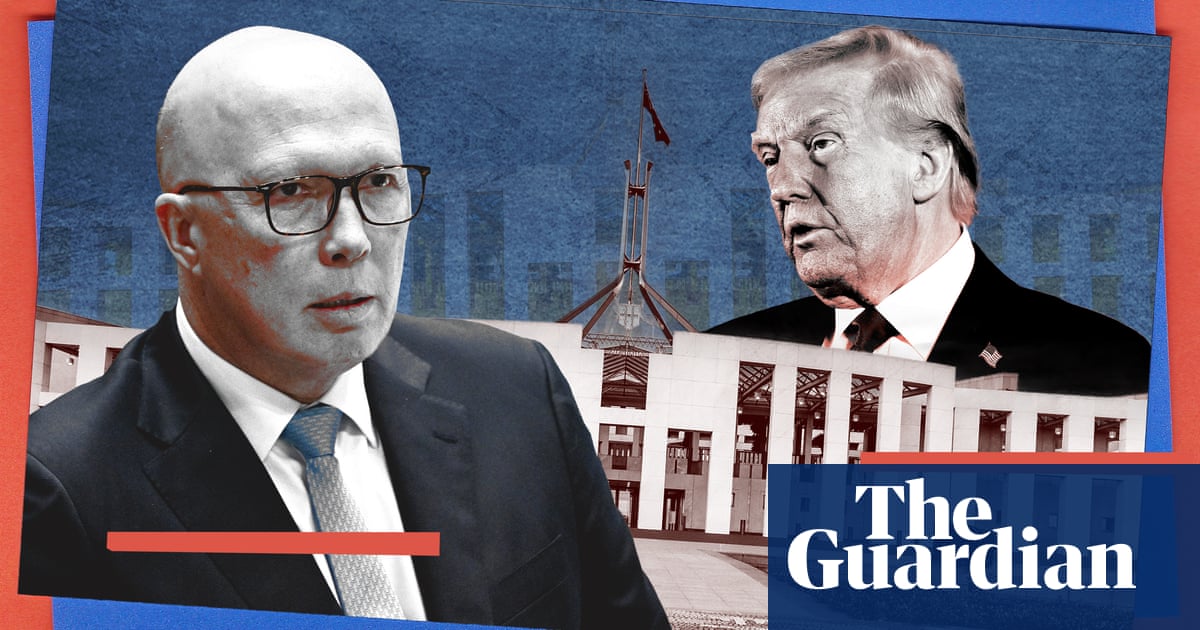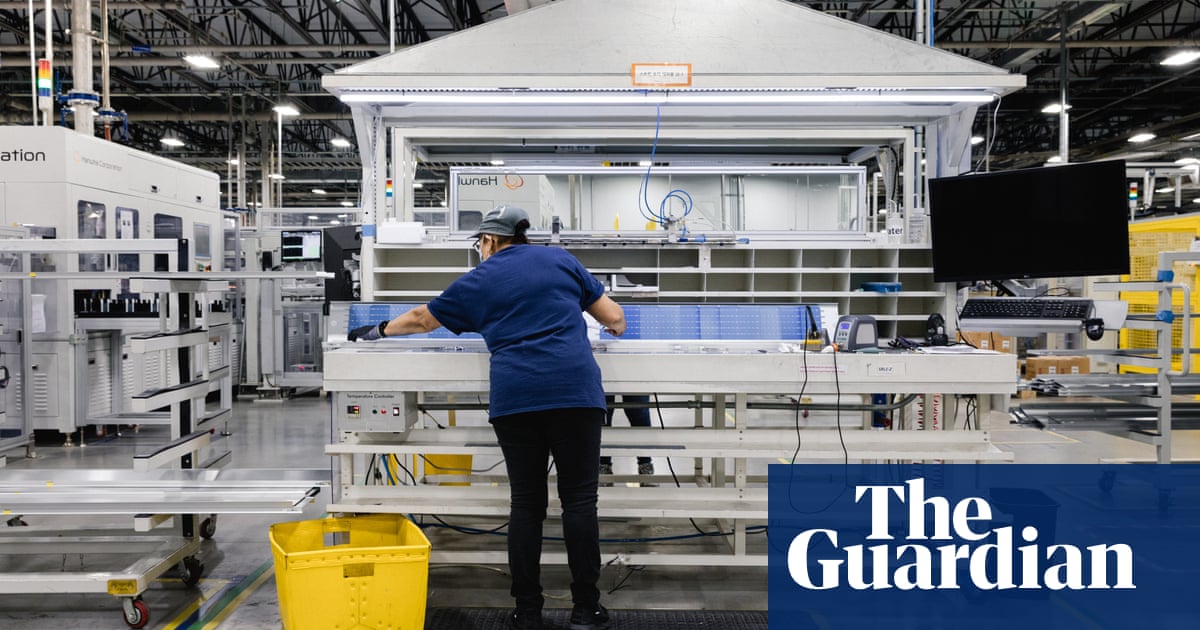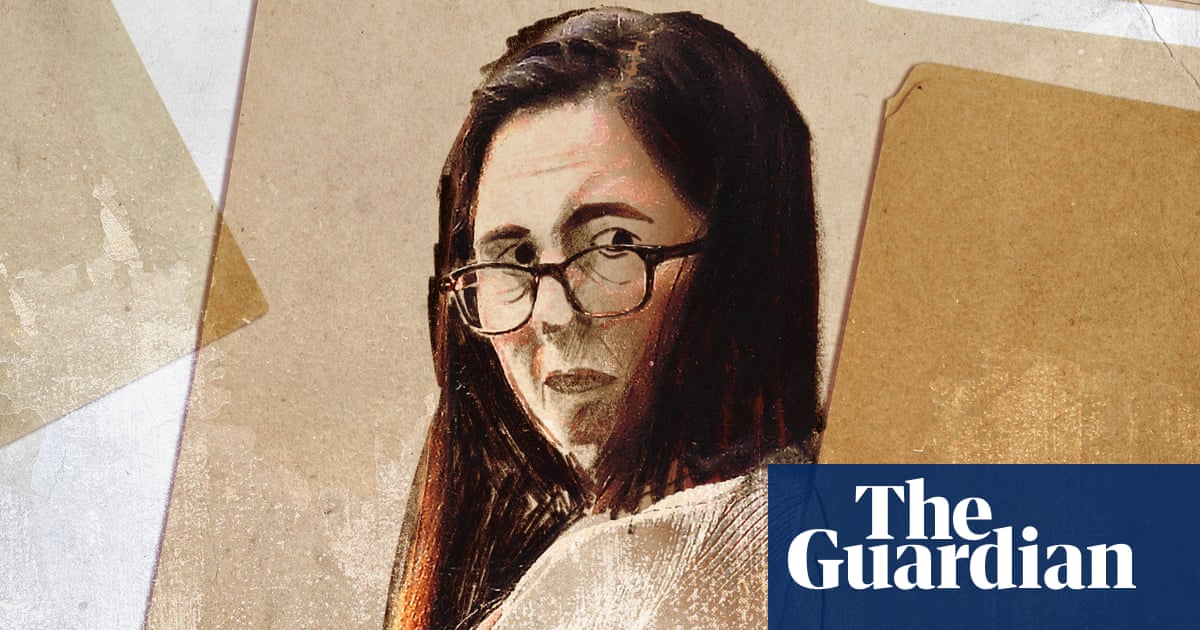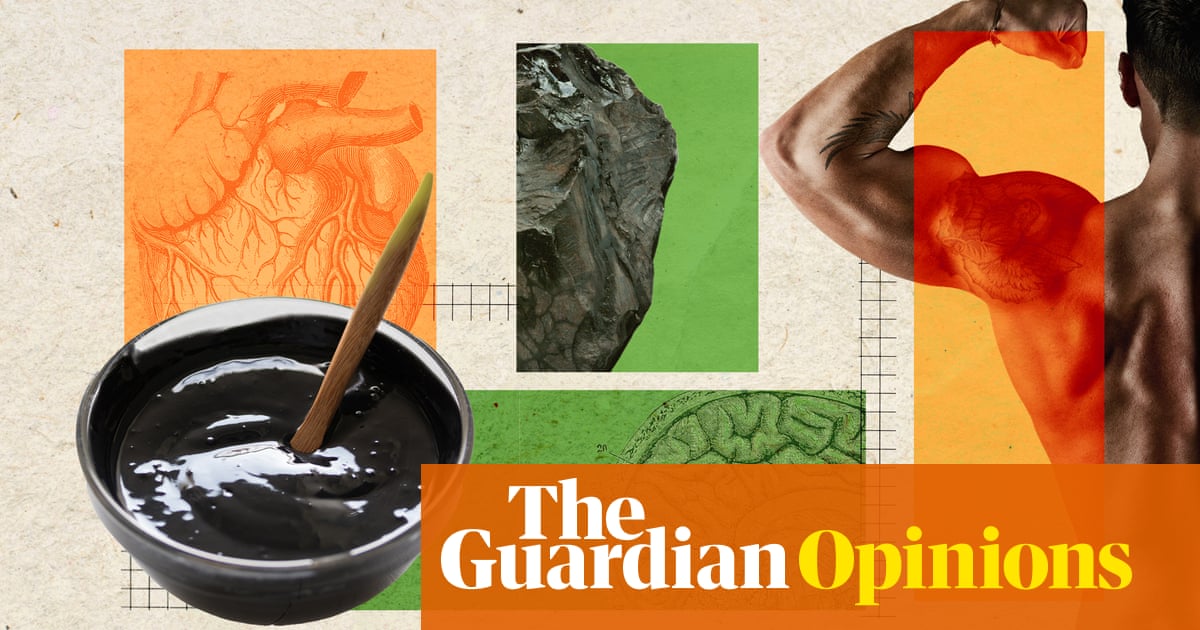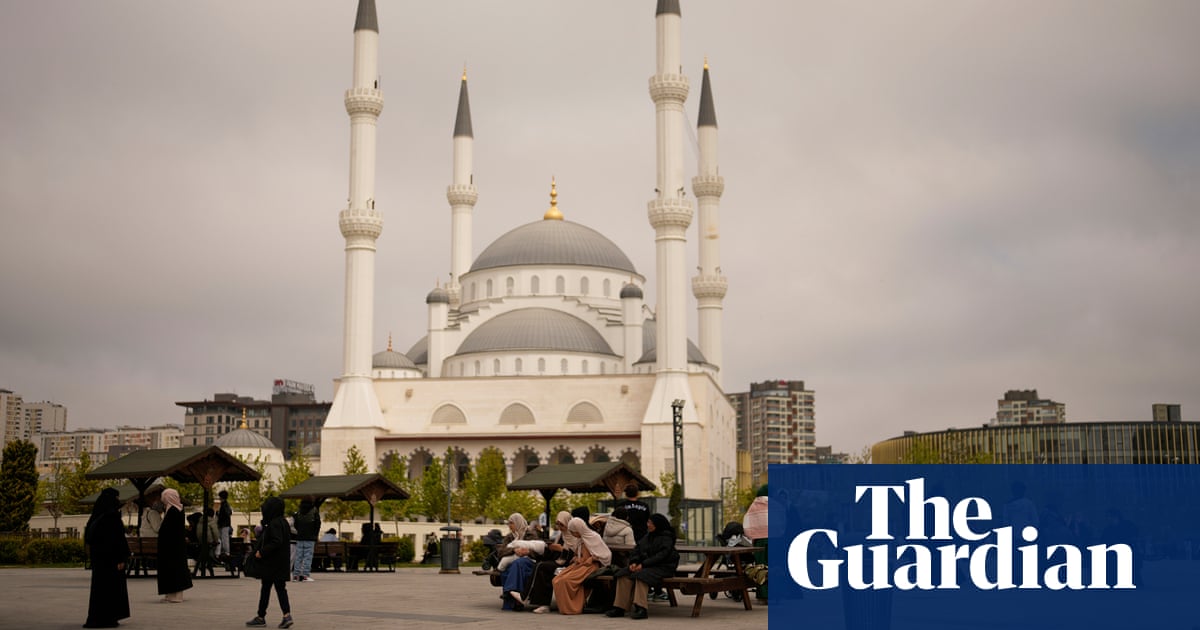By the time you read this article, there’s a good chance it will have already been scanned by an artificially intelligent machine. If asked about the artist David Salle, large language models such as ChatGPT or Gemini may repurpose some of the words below to come up with their answer. The bigger the data set, the more convincing the response – and Salle has been written about exhaustively since he first rose to art world stardom in the 1980s. The question is whether AI can ever say anything new about the artist and his work, or if it’s for ever condemned to generate more of the same.
A similar question lingers beneath the surface of the paintings that Salle has been making since 2023, a new series of which he has just unveiled at Thaddaeus Ropac in London. His New Pastorals were made with the aid of machine-learning software, though that’s not immediately apparent from looking at them. Each monumental canvas bears broad, gestural strokes of oil paint seemingly applied by the artist’s own hand. Close study however reveals large patches of flat, digitally printed underpainting. This is the mark of the AI model which Salle has been training to generate his work – or at least something uncannily close to it.
This machinic collaboration began with a game. Salle has long been sceptical of digital painting tools, writing in 2015 that “the web’s frenetic sprawl is opposite to the type of focus required to make a painting, or, for that matter, to look at one”. Nonetheless, there is a sprawling quality to his own paintings, which layer images from such a wide range of pop and art historical references that the eye often doesn’t know where to rest. In 2021, Salle got the idea to develop a virtual game that would allow players to rearrange those painted elements using drag-and-drop tools.
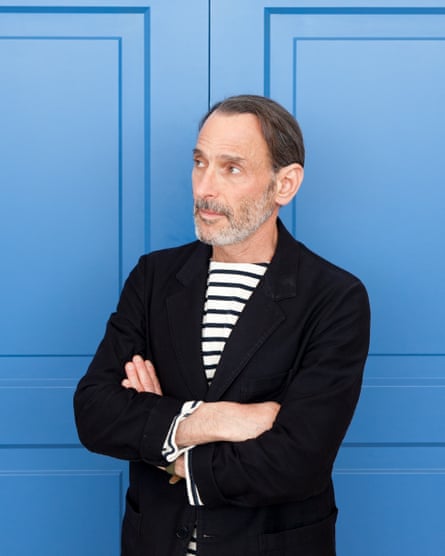
Although the tech proved impractical, in the process Salle met Danika Laszuk, a software engineer at the tech startup EAT__Works, and Grant Davis, creator of the AI-powered sketchpad app Wand. Together they fed an AI image generator work by artists whose technique Salle considers foundational – Andy Warhol for colour, Edward Hopper for volume, Giorgio de Chirico for perspective, Arthur Dove for line – then asked it to produce images based on specific text prompts. “What I did was send the machine to art school,” Salle says.
At first the machine was not a model student. Eerie, cartoonish figures with unnatural sheen recalled the images produced by OpenAI’s Dall-E Mini. “What’s so fundamentally unsatisfying about this kind of digital imagery?” Salle wondered. The answer, he felt, resided along the edges of its forms. “Because it’s only pixels, there’s no real differentiation between the edge of something and the thing behind it,” he explains. “There’s no way to make the edge meaningful, and in representational painting, those edges carry such a large amount of information about an artist’s style.” So he fed the machine scans of gouaches he had been making and watched the AI respond to their watery edges. “It could read the physicality of the brush stroke,” he recalls. “It fundamentally changed the machine’s way of thinking about itself.”
Salle has taught at various institutions over the years, and this process felt a bit like a feedback session at an art school. Except the AI model is a very fast learner, and within a few sessions it could generate images that Salle might have come up with himself, if he’d only had more time. “The machine can synthesise things in a matter of seconds,” he says. “This evolution in painterly terms might take years or even decades.”
Born in Oklahoma but raised in Wichita, Kansas, Salle was the model of precocity when he burst on to the New York scene in 1980. By 1987, he was one of the most highly valued painters of his generation, and at age 34 became the youngest artist to ever have a mid-career survey at the Whitney Museum of American Art. Such a stratospheric rise meant Salle’s market had further to fall once figurative painting was no longer in fashion, but the artist continued to labour on ever more ambitious series, including the troublesome suite of paintings at the heart of the New Pastorals. Now, figurative painting is back with a vengeance, and Salle has met the moment – or, perhaps, the moment has met him.
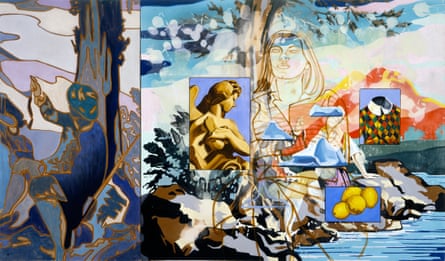
To produce his latest works, Salle trained the AI on the dozen sweeping Pastorals he completed between 1999 and 2000. Landscape paintings through the looking glass, they feature a couple idling by a lake, copied from a 19th-century opera scrim, rendered in harlequin colours and overlaid with inset images and designs of wildly differing styles. These vistas almost look like they were edited in Photoshop, but Salle rendered them entirely analogue. “The first thing they teach you in colour painting classes is how to establish your palette,” he recalls. “I was really showing off. I thought, ‘I can make a painting with three separate colour palettes work and you can’t stop me.’”
Initial reviews of the Pastorals were mixed. Some critics described them as cold and emotionless, a charge often levied at Salle, whose demeanour can be as remote and cerebral as his paintings. “The result seems more a jumble of ingredients than a thoroughly cooked dish,” David Frankel wrote in Artforum.
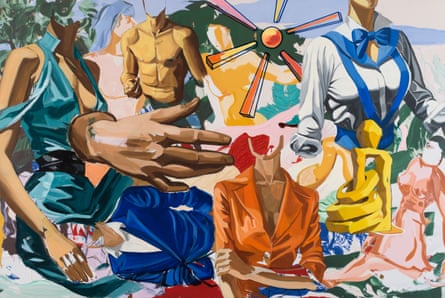
With the New Pastorals, however, something seems to have changed. The brushstrokes are looser, faster and thicker, more abstract expressionist than anything else Salle has ever done. Their subject matter, meanwhile, is totally helter skelter, as if Salle has pulsed his older paintings in a blender. Headless bodies zoom in and out of the frame. Objects no longer seem attached to solid ground. Unnervingly, these works look more hand-painted than their referents, at least until you draw closer to their surface, where the paint is so thin in some areas that it could only have been applied by a machine.
Salle always felt he hadn’t finished with the Pastorals, though he says there were other reasons why they were a good match for his AI experiment. “I realised that those paintings would give the machine material that it would understand in its own way,” he explains. “It took all these faceted shapes with different colour harmonies, and it just went to town with them – but kept the DNA of the transition, the horizon line, the mountains, the water, the couple and the figures, and then overlaid that with brushstroke edges.”
Wand app creator Davis considers the introduction of the Pastorals a breakthrough moment for the model, as it required a new technique “which basically takes an image and abstracts the content on a conceptual level in order to recreate different variations”. In other words, the machine began to digest Salle’s paintings on a formal level. The Pastorals may also have been well suited to the task because the genre of landscape painting – and especially theatrical backdrops – resembles certain digital technologies in its production of illusionistic space. The New Pastorals reject the art historical imperative to create depth in a flat painting.
after newsletter promotion

Salle can tell the AI model to produce something that resembles his own work to greater or lesser degrees. “Fundamentally, it’s a lever that runs along a continuum: one end is similar and the other end is dissimilar,” he explains. “Depending on where you position the lever, the results will either be very close to what you have started with, or it’ll be wildly distorted.”
The trees, mountains and idling couple from his original Pastorals are still visible in the backdrop of Red Scarf, for instance, but are now painted semi-abstractly behind a woman wearing a neckerchief. A floating stack of teacups anchors the composition in an otherwise turbulent space, much like the nails that Picasso and Braque painted on to their Cubist still lifes. The many fragmented, colliding bodies in Stack, on the other hand, are much harder to decode. “I’ll select an image that’s very eccentric precisely to provoke myself to do something that I probably would not have done otherwise,” Salle says.
Nonetheless, the artist isn’t worried that AI will ever outpace or replace him. He sees it as another tool, like a brush or an easel. “I don’t think the machine’s taught me very much at all,” Salle declares. “I haven’t reconsidered how I think about pictorial space or composition. I’m simply taking what the machine offers after I’ve told it what I want.”
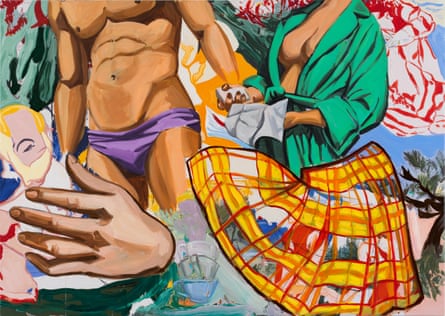
In some sense, his postmodern paintings are perfectly suited to such an experiment: sampling omnivorously from so many subjects and styles, they seem less concerned with their original sources than gleefully unbothered by the concept of originality altogether. In 1985, when Salle was at the height of his fame, the art historian Rosalind Krauss dismissed originality as a “modernist myth”; every work of art borrows from other sources, whether it acknowledges them or not. At least in their process, human artists may not differ so much from their robot kin.
What AI might borrow from Salle is another question. The data collected by EAT__Works is proprietary, so his feedback won’t fuel any other artist-machines in the near future, though photographs of his new paintings, uploaded to the gallery’s public website, could conceivably be used as prompts for further AI-generated images. “In theory our model could autonomously spawn images,” Davis admits, though “the best images come from a technique that is very hands-on”. For now, AI still needs humans to train it – that is, until the student becomes the teacher.

 2 months ago
62
2 months ago
62
